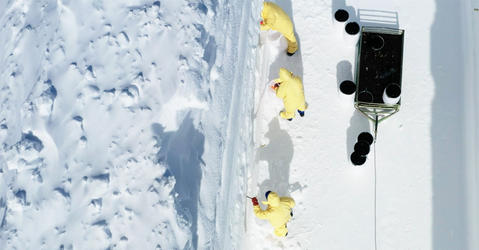You are here
Earth
Over 5 million years ago, the Mediterranean Sea dried up, giving way to a salt flat stretching as far as the eye could see. A look back at the Mediterranean basin’s last great hydrological crisis.
Article
12.06.2024
Small or large, equipped with rotors or fixed wings, drones are gradually becoming part of daily life for CNRS scientists. They offer invaluable help, making it possible to see what was heretofore difficult to access, and unlike satellites doing so at low...
Slideshow
11.13.2024
Forests cover a third of the world's land surface. Although they provide us with invaluable services, they are now under so much pressure that we are faced with our own contradictions between their sometimes conflicting roles as sanctuaries for...
Article
07.30.2024
Each year, some 40 billion tonnes of CO₂, one of the main greenhouse gases, are released into the atmosphere. A significant proportion of these is captured by the oceans, vegetation and the soil. The CNRS scientists are trying to better understand these...
Video
06.28.2024
02.17.2022
Because of its geographical location, pristine expanses and animal populations, the Antarctic has been a prized location for scientific research over the past few decades. Severely impacted by...
12.17.2021
Over 60 million years ago, superpredators such as ichthyosaurs, plesiosaurs and mosasaurs roamed the seas. But what exactly were these reptiles, which are often incorrectly referred to as “marine...
Article
11.24.2021
Last August, the scientists taking part in the fourth MAGIC campaign headed for Scandinavia, north of the Arctic Circle. Their goal was to study the atmospheric distribution of greenhouse gases using...





